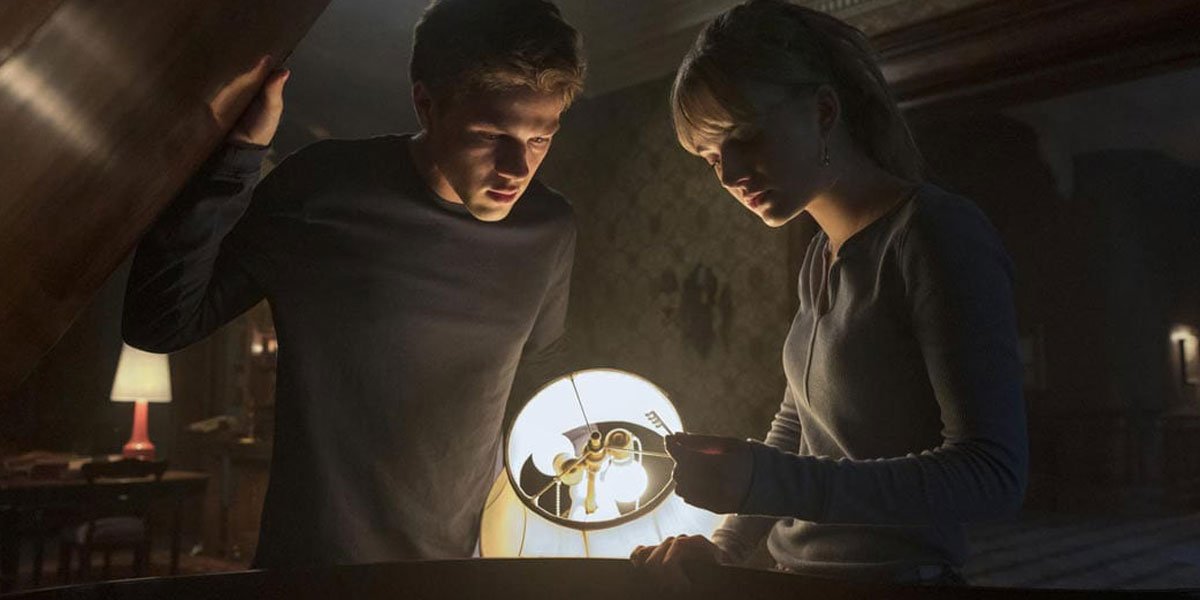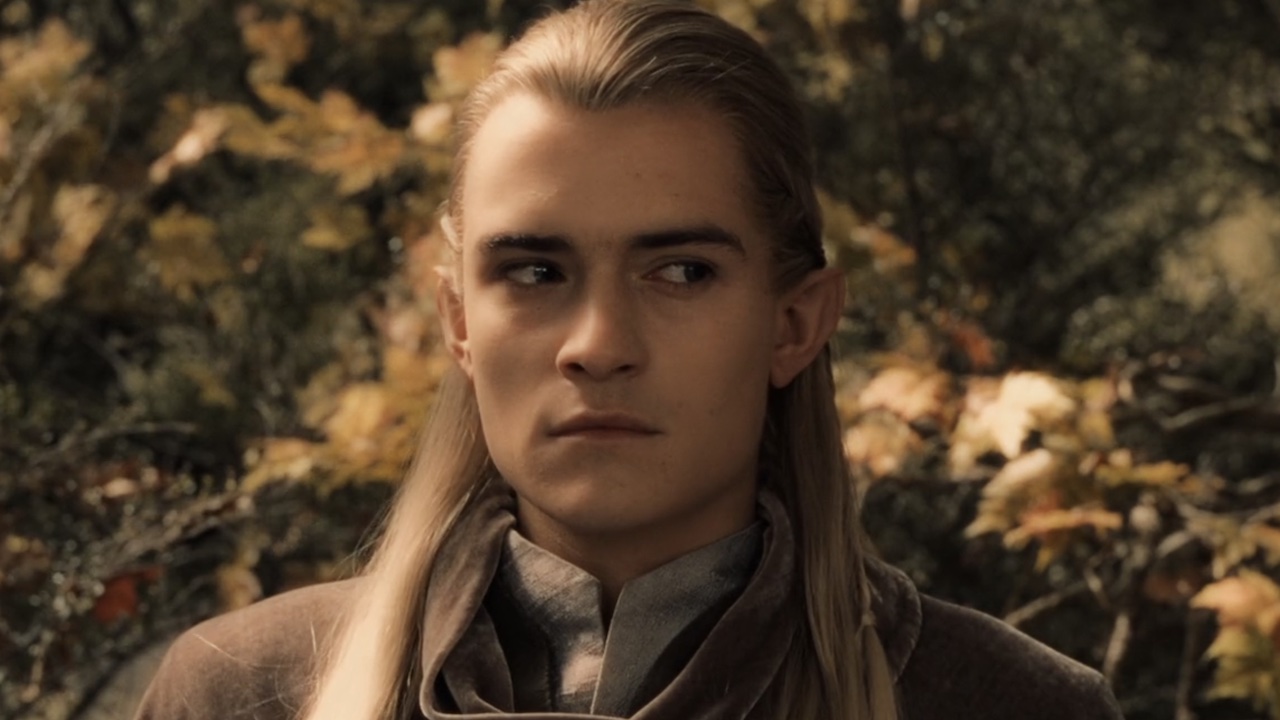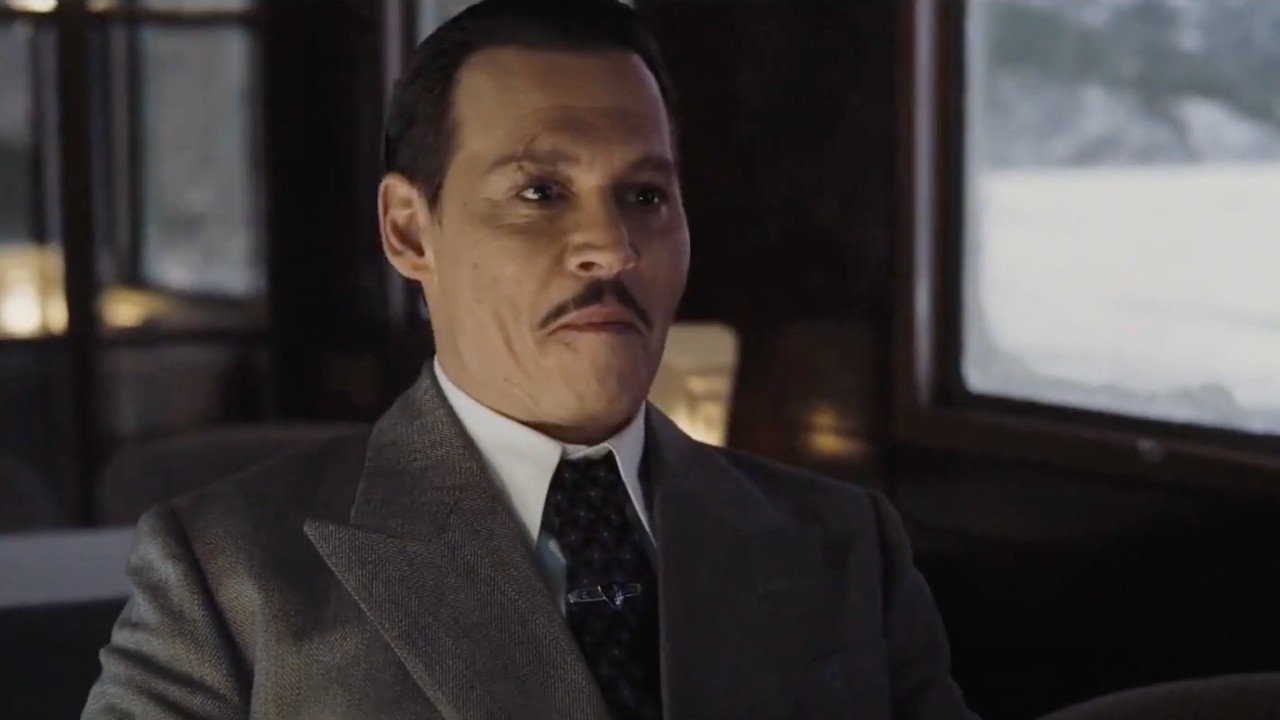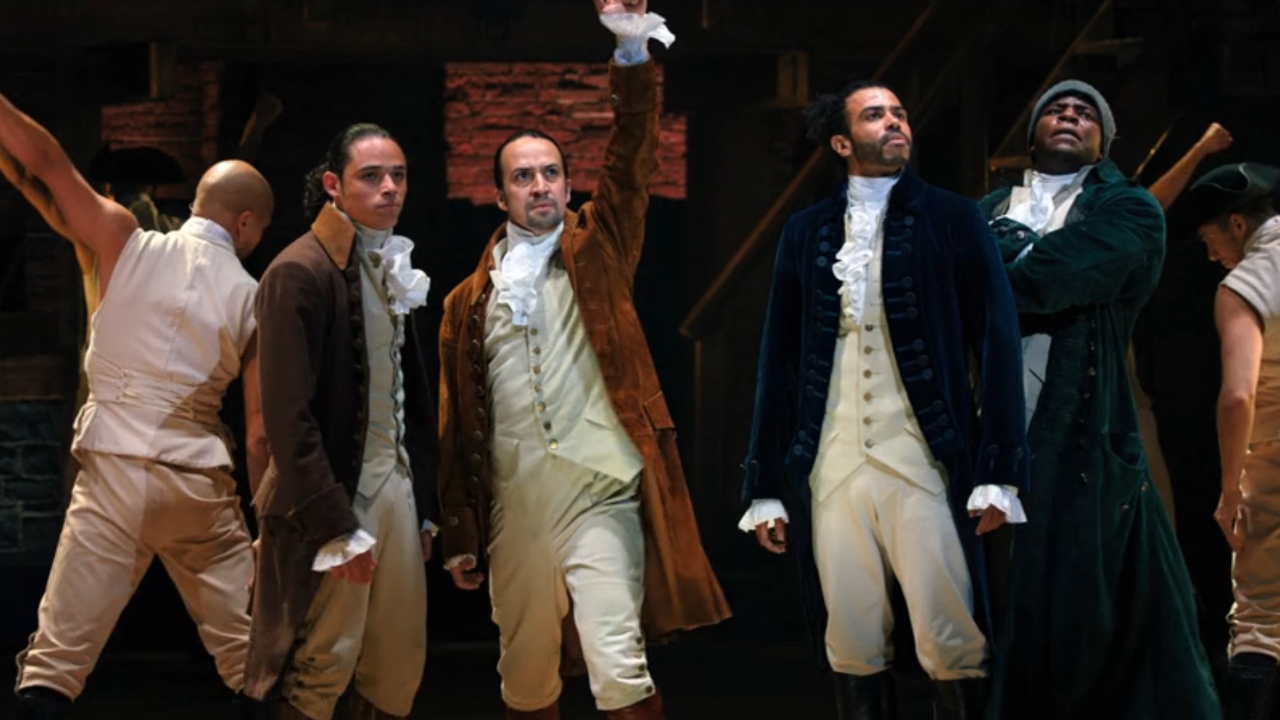4 Big Changes Locke And Key Made From The Comics And Why
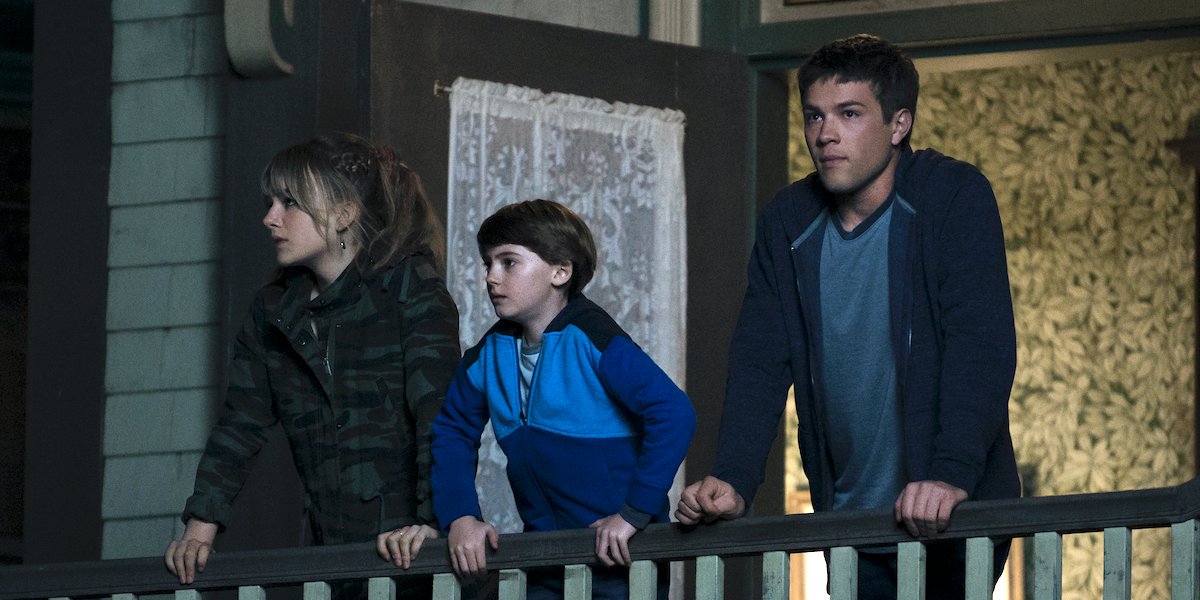
Major spoilers for Locke & Key's first season are below, so heed this warning before reading on.
For around a decade, Joe Hill and Gabriel Rodriguez's masterful comic book series Locke & Key eluded everyone who tried bringing it to live-action. Thankfully, Lost vet Carlton Cuse and The Haunting of Hill House's Meredith Averill were able to combine their powers to spin the emotional and fantastical horror drama into a fun and whimsical series for Netflix. Not that they were able to bring everything from Locke & Key's source material to the TV show.
Avid readers will notice right away that the TV show adapts the main thrust of the Dodge narrative, while sidestepping the more standalone stories (such as "Army of One," "February," and others). But this article is more concerned with elements that Locke & Key did bring to TV, only in vastly different ways than how things worked out in the comic book. Noting that this isn't meant to be an exhaustive list, let's look at four of the biggest changes Carlton Cuse and Meredith Averill made for Locke & Key's TV show. (Head here for more on how Season 1 ended for characters outside the Locke family.)
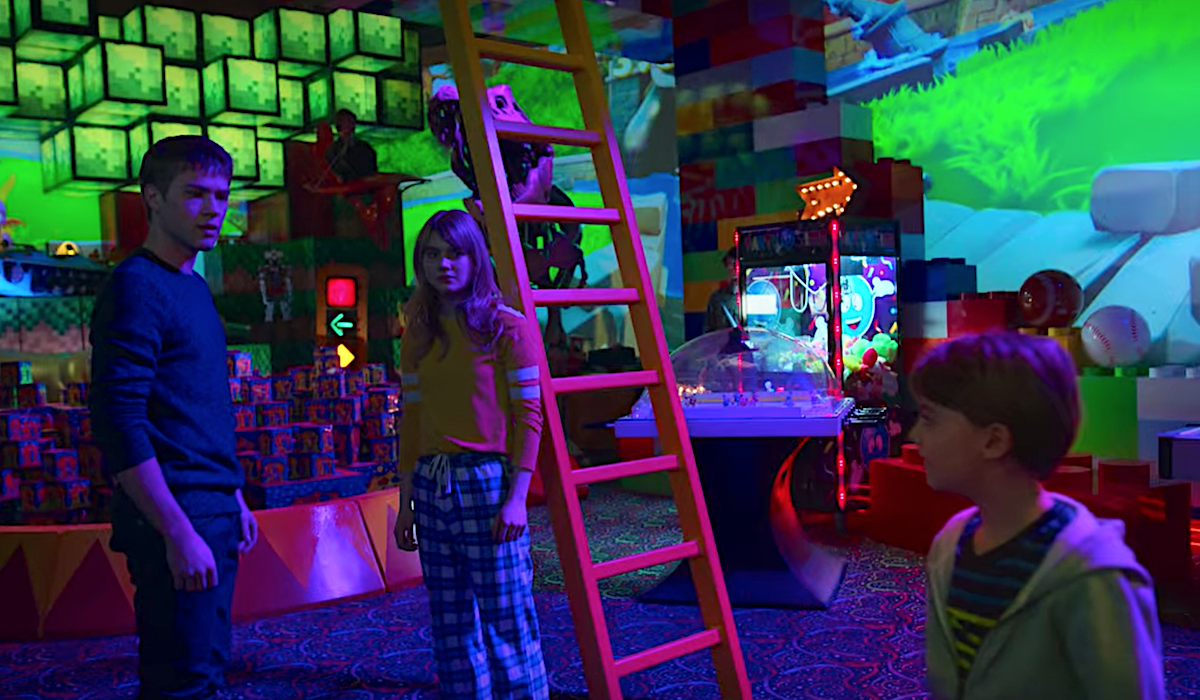
Using The Head Key
Easily one of the most fascinating magical objects within Locke & Key, the Head Key can be used to enter another person's mind, giving the user access to memories, emotions and other mental sundries. When a character got the Head Key treatment in the comic book, the top half of their skull would open up, allowing others to peer directly into the mind-state madness. While speaking at a Locke & Key press event held ahead of the series premiere on Netflix, co-developer Carlton Cuse explained why they changed things up for the TV show, saying:
We identified that early on as one of the biggest challenges, because Gabriel had drawn this incredible splash panel with Bode's head. And in a comic, you literally can open someone's head like the hood of a car and look inside, and that just felt really gruesome and impossible to do in a television show. So we had to figure out how to translate that, and so we came up with this idea that we would have these doors that would lead into a sort of metaphorical interpretation of what each character's head looked like inside.
All things considered, I think Locke & Key's creative team found a great way to handle the Head Key's powers without getting either too graphic or too CGI-heavy in the execution. Using personalized doors is a perfectly suitable substitution, and still allowed the show to keep the creepy visual of a keyhole opening up in people's necks. Below, Cuse explains how Kinsey's Head Key scene was influenced by Christopher Nolan's Inception.
For Bode, it was derived in a large part from what Gabriel had drawn. It was this environment full of video games and toys and bouncy things. An arcade. For Kinsey, we came up with this weird mall. In part, I think we were also inspired a little bit by Inception, which was a movie about worlds within worlds, worlds of thought worlds, that kind of thing. I think, particularly the up-tilt shot in the mall was a very clear homage to Inception with the upside-down escalators.
My only regret about the Locke & Key TV show's Head Key is that it wasn't used on every single character. I could have watched an entire episode just showing Dodge or Bode going from one mixed-up mind to the next.

Kinsey's Fear Monster
One of Locke & Key's wildest moments in the early days came when Kinsey has Tyler use the Head Key in order to remove both her Fear and her Tears, rendering her incapable of feeling fear or sadness. The two creatures are sized appropriately, fitting both in Kinsey's head and inside a glass bottle, though they're quite powerful all the same. In the Netflix show, Kinsey pulls only her Fear out and buries it in the woods...until she retrieves it later in the season to attack Sam. When asked whether or not the creative team considered making Kinsey's Fear as small as it was in the comics, Carlton Cuse said:
CINEMABLEND NEWSLETTER
Your Daily Blend of Entertainment News
We were worried if she was too small, it would be jokey and not actually emotionally affecting.
It's not difficult to understand why Locke & Key's showrunners were keen to adapt Kinsey's Fear in a different way for the TV show. The concept of someone's fear being personified, so to speak, is already bonkers enough without the additional conceit that it's a small panicked blob. Creating the life-sized version of Kinsey's fear wasn't the easiest thing, either, with another actress being used, as opposed to Emilia Jones handling it. Here's how Meredith Averill and Carlton Cuse put it:
MEREDITH AVERILL: Well, we actually cast this dancer as the double, because we wanted the way that she moves to be very sort of fluid and creepy. We worked with Sean Sansome, who you had worked with on The Strain.CARLTON CUSE: Yes. So I had done a bunch of working with Guillermo Del Toro on The Strain, strain and I had an opportunity to learn how he went about creature creation. And so a lot of that, and actually a lot of the specific collaborators that Guillermo and I used on The Strain – also, we shot in Toronto – they were the same people did this stuff with us. So yes, she was a dancer who looked kind of like Kinsey, and then we created face molds. We took face molds from Emilia, the actress who plays Kinsey, and we applied those to this dancer double. Then we modified it additionally in post-production. We'd be painting aspects of the character's face frame by frame in visual effects. So it was very complicated.
By the end of Season 1, it's not exactly clear what happened to Kinsey's fear, leaving the door open for its return in a potential second season, should Netflix order one up. Perhaps now that the manifestation has been introduced as a full-grown entity, there will be a way to shrink it down to comic size should it come back in the future.

Tyler's Differences
On the page, Tyler Locke comes across as far more of a typical teenager whose backbone is more angst than true bravado, and as a football player, also has more body girth than Locke & Key's Tyler portrayer, Connor Jessup. In contrast, the traditionally handsome Jessup plays a more introspective Tyler with a maturity beyond his years. (Not that his maturity is always utilized.) At the Netflix press event, Meredith Averill spoke to Jessup's casting factoring into the changes made from page to screen.
Connor, whose work we were familiar with on American Crime – and we're very much a fan of his – he's probably the best example of how sometimes casting can alter maybe the way that you are thinking about a character. Though I think we still very much kept the essence of who Tyler is, Connor is just very kind of soft, soulful and sensitive. So he brought that, I think, more to Tyler than maybe what was on the page.
The co-showrunner also said that one of Connor Jessup's observations about the two Tylers aided in how the character was handled after that point. In Meredith Averill's words:
I actually saw Connor refer [to Tyler] and said on the page, Tyler is thicker emotionally and physically than he is, which I thought was an interesting and correct way of putting it. So we wrote towards that. But I think he still very much kept the essence of this teen boy is dealing with so much guilt over believing that he is the one responsible for his father being murdered. And Connor's fantastic.
Being more soulful doesn't necessarily mean being more outwardly emotional, of course. Comic Tyler does hit more extreme levels, which the illustrated medium can more easily pull off. But by and large, Connor Jessup's performance makes it easy to ignore those differences.
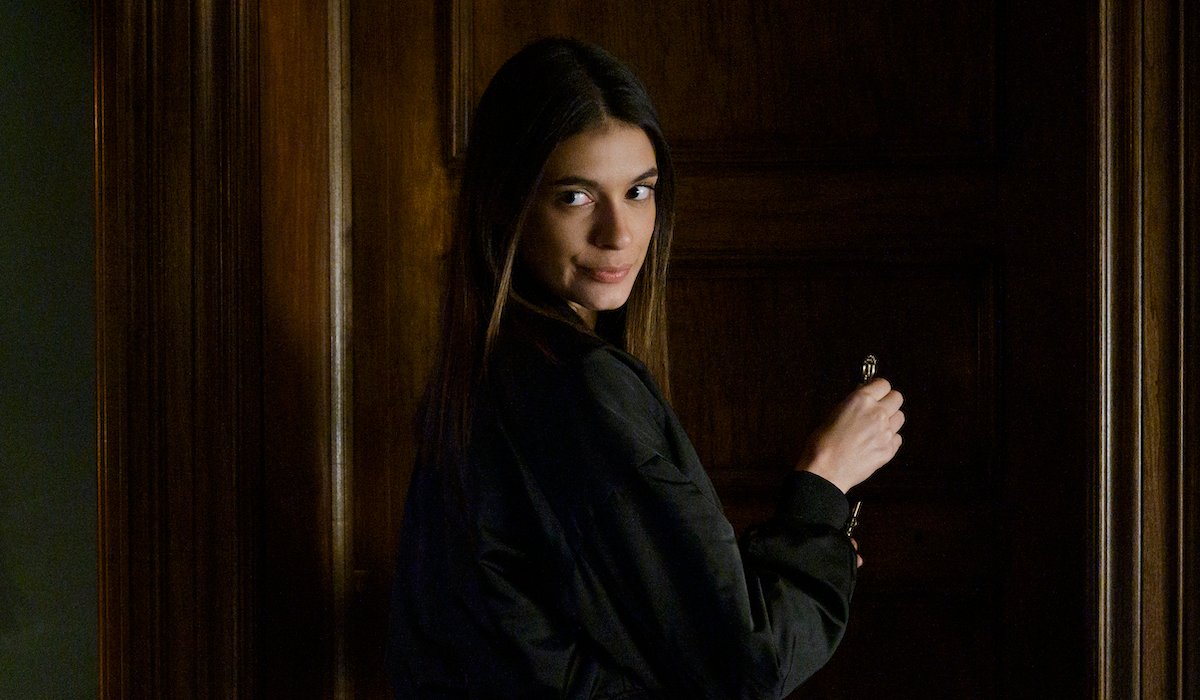
The Big Dodge Twist
For Netflix's Locke & Key, showrunners Carlton Cuse and Meredith Averill adapted much of Dodge's original story, so if Season 2 happens, a lot of the antagonist's tale could be completely independent of the comic. (In as much as it can be with Joe Hill in the TV writers room.) Knowing that, they wisely changed up Dodge's approach to infiltrating the Locke family, while also refraining from revealing too much about Rendell and his friends' time with the Keys. The evil entity's possession of Lucas was heavily simplified for Locke & Key's first season, as were Dodge's motivations.
In the comic book, Dodge took Lucas' form and used the fake moniker Zach Wells to befriend Kinsey and learn about the Keys. TV viewers didn't see that happen, though, because the showrunners introduced the new character Gabe (played by Griffin Gluck). Gabe was shockingly revealed to be another one of Dodge's alternate forms, as granted by the Identity Key (with the Gender Key getting left out). Speaking with THR, Meredith Averill explained why she and Carlton Cuse decided to add another layer to Dodge's TV story.
We loved the story in the comic of Lucas coming back and Zack Wells going to high school. But the issue with it is that [in the comics], Zack still looks like Lucas, so people are constantly recognizing him, and he has to kill them because of it. We reimagined it as, well, what if Dodge was hiding in plain sight this whole season? What if the audience and our characters both didn't know it? It serves the same function. Dodge is trying to embed himself/herself into the Lockes' world, specifically Kinsey's world. For Dodge, it makes a lot of sense to do that.
The TV show did play up the recognizance factor whenever Steven Williams' Joe Ridgeway recognized "Lucas," which got the guy killed in the process. Nobody on the TV show has a clue about Gabe's true identity, though it can be assumed that the also-possessed Eden will learn about Dodge's shapeshifting soon enough. The twist was a clever one, and explained all of Gabe's bizarre earnestness with Kinsey throughout the season. Below, Meredith Averill talks about keeping the story straight so that everything lined up properly.
We knew right away from the beginning of the writers' room that Gabe would be introduced in Episode 2, because that's after Dodge has been released from the well, and we would lay in all of these subtle clues: Gabe is also new to Matheson, Gabe seems to be hungry all the time in the same way as Dodge is. There are all these subtle clues throughout. It was a fun challenge when we were breaking the episode. We had to be careful to never cut from a scene where Dodge appears in the form we call 'Well Lady' directly into a scene where Gabe is already there. We need to play fair with the audience, and we need to allow there to be time for Dodge to leave a scene, use the Identity Key, and go back to turn into Gabe. It was really fun to craft that montage at the end that basically shows you how he/she did it.
In the end, the Locke children and their friends believe that Dodge is locked away behind the Black Door opened by the Omega Key. It was actually Ellie that they'd thrown into the nothingness, with Dodge-as-Gabe content to keep building up his relationship with Kinsey in order to take control of that Key. In effect, viewers presumably won't see Felix Mallard portraying Dodge-as-Lucas Caravaggio in any future seasons, since there's no reason to take that form anymore. (Though he'd definitely be back for any flashbacks to Rendell's past at Keyhouse.)
Locke & Key is currently streaming Season 1 in its entirety on Netflix. Head to our Winter and Spring TV schedule to see what else is coming to the streaming service and beyond.

Nick is a Cajun Country native and an Assistant Managing Editor with a focus on TV and features. His humble origin story with CinemaBlend began all the way back in the pre-streaming era, circa 2009, as a freelancing DVD reviewer and TV recapper. Nick leapfrogged over to the small screen to cover more and more television news and interviews, eventually taking over the section for the current era and covering topics like Yellowstone, The Walking Dead and horror. Born in Louisiana and currently living in Texas — Who Dat Nation over America’s Team all day, all night — Nick spent several years in the hospitality industry, and also worked as a 911 operator. If you ever happened to hear his music or read his comics/short stories, you have his sympathy.
